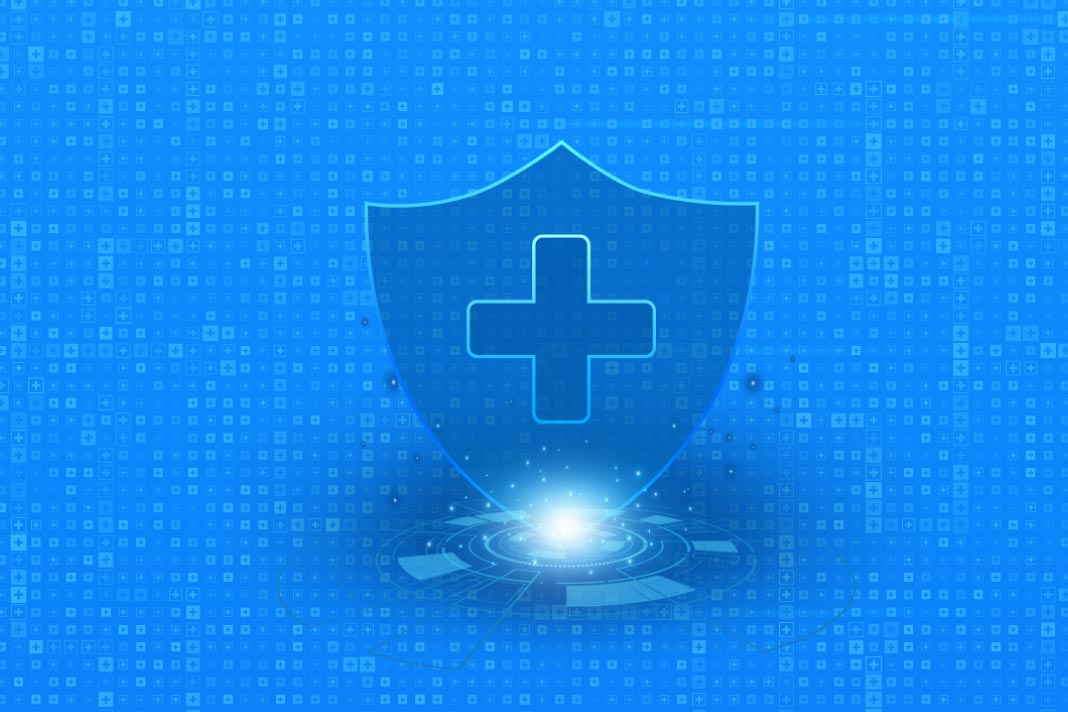AI-driven cyberattacks outpace healthcare defenses, exposing vulnerabilities in aging systems and understaffed security teams, threatening patient safety.
In healthcare, AI has become both a lifeline and a loaded weapon. On one hand, it promises better diagnostics, streamlined workflows, and faster insights. On the other hand, it’s powering a new generation of cyberattacks that are faster, smarter, and harder to detect. The same technology that’s helping clinicians deliver better care is also enabling threat actors to bypass defenses with unprecedented speed and precision.
The result is an arms race that most healthcare organizations aren’t ready for. Aging infrastructure, delayed patching, and understaffed security teams leave hospitals and healthcare providers struggling to keep pace with AI-enhanced threats. As attackers move faster and aim higher, the risks extend far beyond data breaches—they threaten care delivery itself.
Weaponizing generative AI
Generative AI isn’t reinventing cyberattacks – it’s supercharging them. An inexperienced attacker can now execute tasks requiring time, skill, and coordination in minutes. Phishing emails are more convincing and personalized. Attackers can generate and launch malware almost instantly, with code that begins probing for weaknesses as soon as it’s deployed. What was once slow and manual is now fast, scalable, and harder to stop.
Phishing offers a clear example. These attacks typically involve emails that trick recipients into clicking on malicious links or sharing sensitive information. AI can now mimic natural language, replicate executive tone, and churn out highly targeted messages at scale. In one IBM study, a phishing email written by ChatGPT fooled 14 percent of employees at a global healthcare organization – in just five minutes.
AI also amplifies the speed and scale of ransomware attacks in which hackers encrypt critical systems and demand payment to restore access. What once required custom tooling and insider knowledge can now be executed faster, more precisely, and with greater consequences. AI-powered ransomware like BlackMamba can dynamically rewrite its code to avoid detection. Others, such as polymorphic malware and deepfake-enabled attacks, use reinforcement learning and social engineering to breach defenses and escalate quickly.
As these tools become more accessible, attackers need less technical skill and fewer resources – just the right prompt. And with nation-states in the mix, the stakes are even higher. Without faster, smarter defenses, healthcare remains an easy target.
Why healthcare is falling behind
A major weakness in healthcare cybersecurity is its reliance on aging infrastructure. Many systems are decades old and weren’t built to withstand today’s fast, complex attacks. One study found that over 70 percent of hospital devices still run outdated software like Windows 7, which no longer receives security updates and is often built into essential equipment that’s costly and disruptive to replace.
Patch management isn’t faring much better. Updates are often delayed or skipped, either because IT teams are understaffed or because taking critical systems offline, even briefly, is seen as too risky. In 2022, the average time to patch known vulnerabilities in healthcare was 16 months, compared to just weeks in many other industries. That delay leaves hospitals exposed to preventable risks every day.
Adding to these troubles, security teams are stretched thin. In many cases, they’re focused on meeting compliance checklists rather than proactively identifying and mitigating risk. Most lack the resources, time, or in-house expertise to evaluate how AI is changing the threat landscape, let alone adopt it for defensive purposes.
These challenges all stem from the same root causes: underinvestment in cybersecurity budgets, chronic staffing shortages, and a risk-averse culture prioritizing continuity over innovation and compliance over security. But these challenges are not insurmountable. Healthcare organizations can modernize their systems and strengthen their cyber defenses with the right support and strategic direction.
Building AI-resilient defenses
To counter AI-driven attacks, defenses need to be proactive, not reactive. That means using tools that spot unusual behavior or activity patterns, even if the system hasn’t seen this type of threat before. Machine learning and behavior-based monitoring can detect emerging threats like polymorphic malware – malicious code constantly changing its appearance to evade traditional detection – and AI-generated payloads that often slip past conventional defenses.
Organizations should also implement automated triage and response workflows that can instantly act on alerts, reducing the time that threats remain undetected and allowing security teams to focus on the most critical issues. These workflows should include automatic isolation of suspicious files, safe environments to test and observe potential threats, and flexible escalation protocols that evolve with the threat landscape.
Healthcare organizations should also take a more active role in threat intelligence networks – industry communities that share information about ongoing attacks and how they’re carried out. By exchanging details like known attack methods, warning signs, and emerging AI-driven tactics, organizations can help each other stay ahead of evolving threats. Faster, broader information sharing makes it harder for attackers to reuse the same strategies across multiple targets.
Equally importantly, organizations need to recognize that employees are part of the cybersecurity defense. Generative AI makes phishing, deepfakes, and impersonation attempts harder to spot. Regular training, realistic phishing tests, and deepfake awareness exercises help staff recognize subtle warning signs. Everyone from the front desk to the C-suite plays a role in keeping the organization secure.
Ultimately, these changes require support from the top. Cybersecurity can’t be viewed as just the IT department’s responsibility – it must be treated as a core issue for the entire organization. When boards and executives recognize that a breach can disrupt care, compromise operations, and endanger lives, cybersecurity shifts from a technical concern to a central leadership priority tied directly to patient safety and business continuity.
Final thoughts
AI isn’t just reshaping the threat – it’s reshaping the opportunity. AI advancements fueling cyberattacks can also help healthcare organizations detect threats earlier, respond faster, and protect more effectively. But taking advantage of that potential requires more than awareness. It calls for investment, collaboration, and a willingness to rethink outdated systems and assumptions.
Forward-looking healthcare organizations aren’t just catching up – they’re reimagining cybersecurity as a core care delivery function. The future of healthcare security won’t be defined by the tools attackers use, but by how well defenders adapt.



